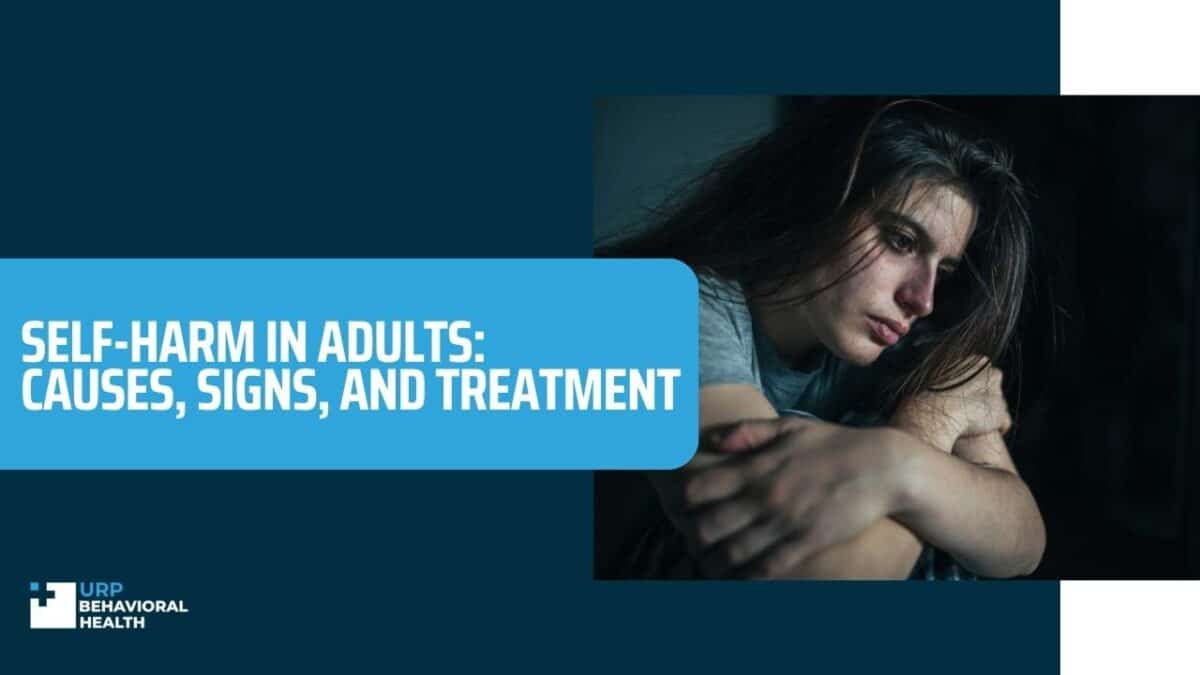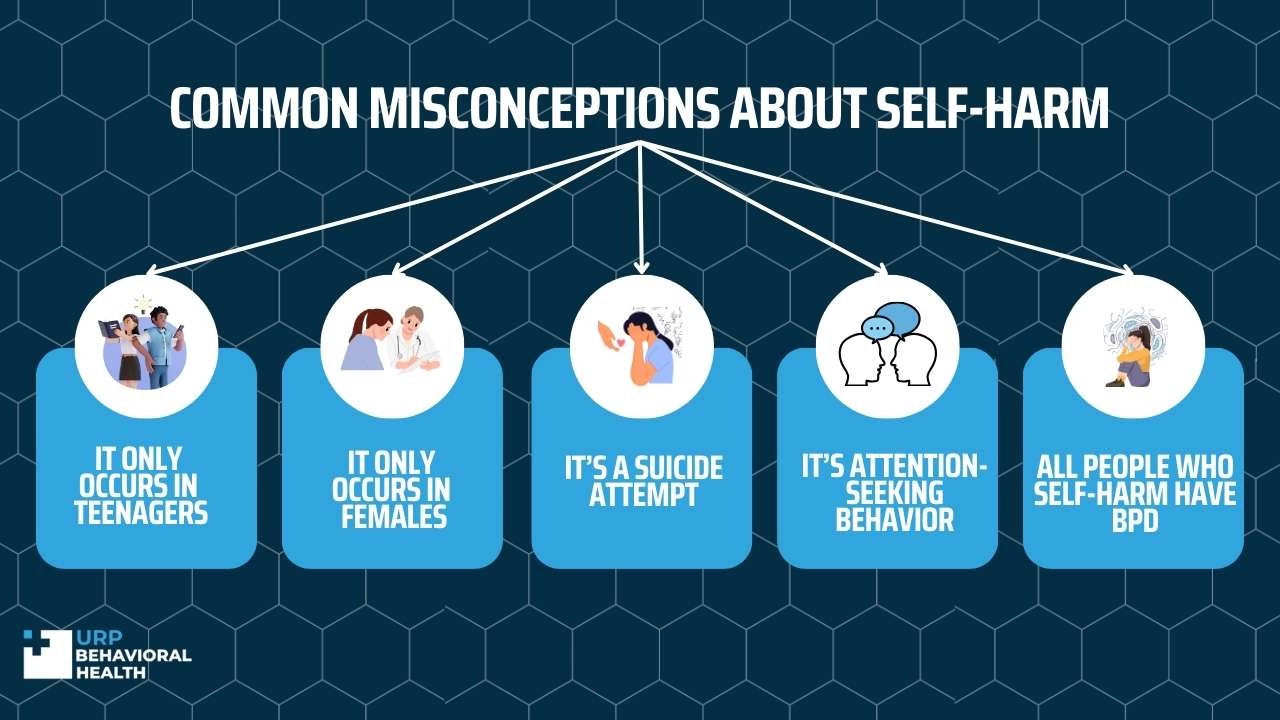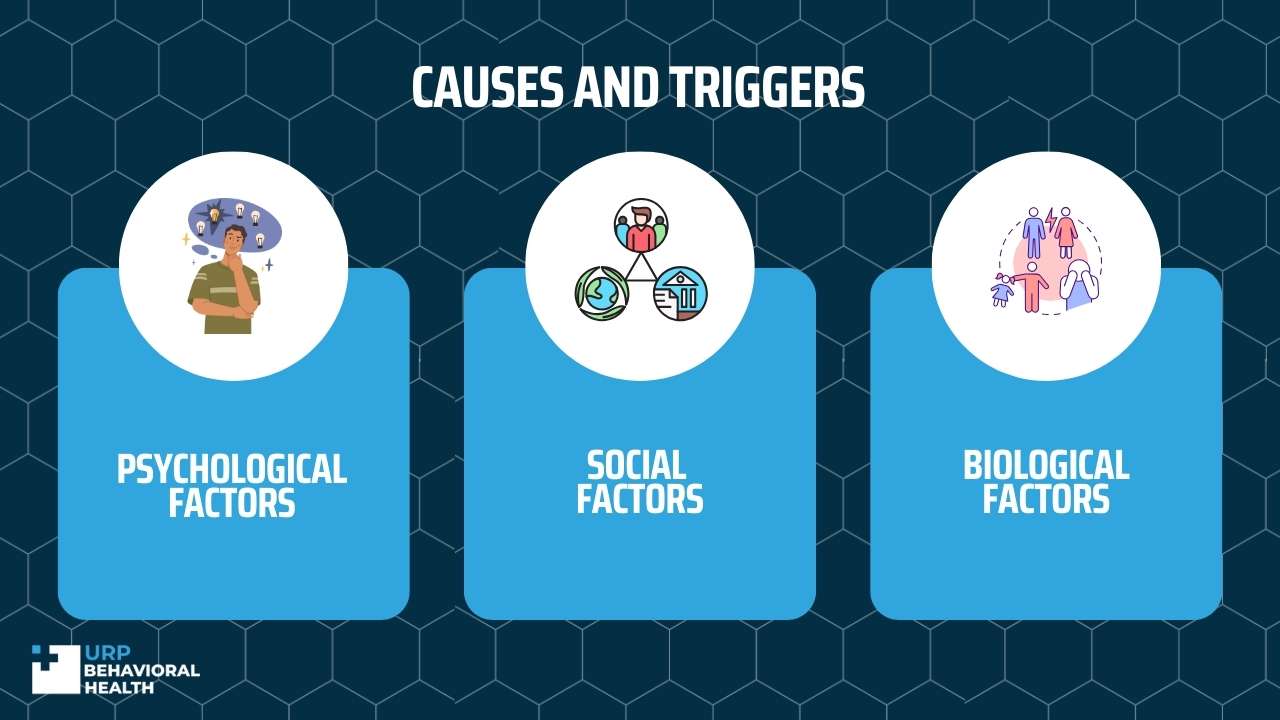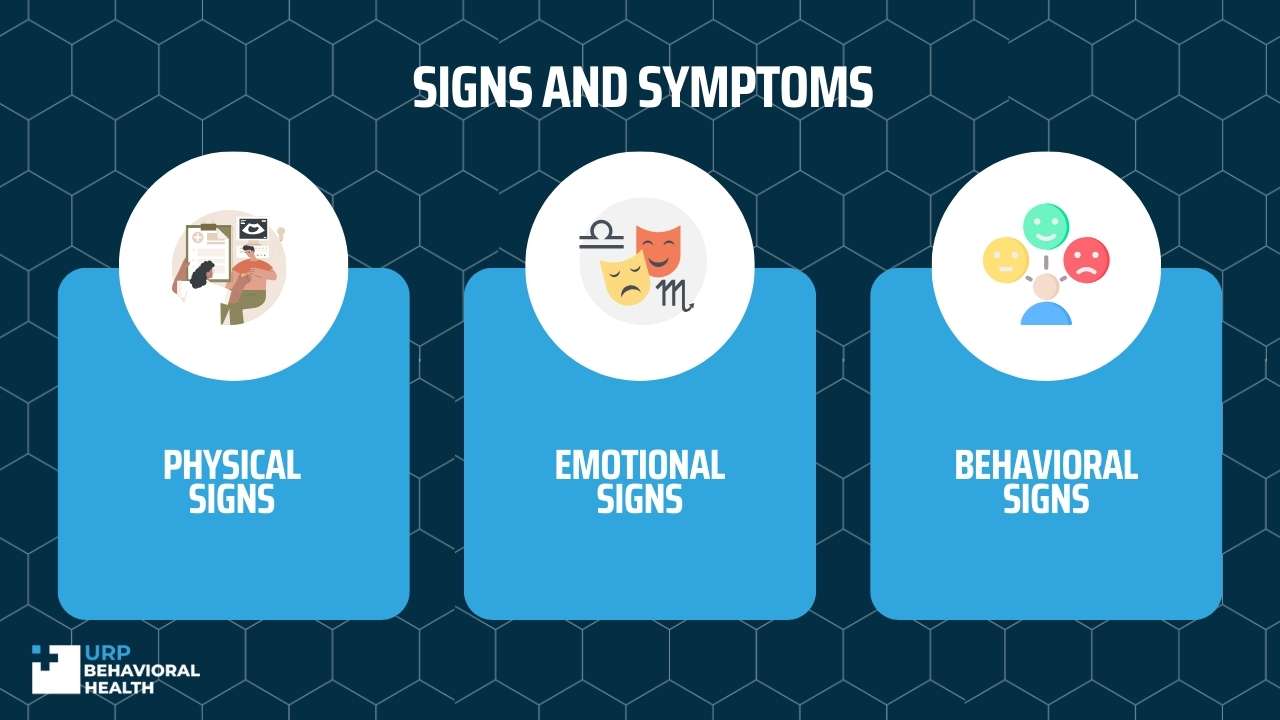Self-Harm in Adults: Causes, Signs, and Treatment

Despite the high prevalence of self-harm in adolescents, people of all ages can struggle with self-harm behavior. Because adults often have more privacy than their adolescent counterparts, self-harm behaviors can go unnoticed.
Though adolescents have a higher lifetime prevalence of self-harm at about 17 percent, the rate for adults is about 5 percent. Whether you’re an adult struggling with self-harm or are worried about a loved one who may be going through a similar problem, let’s look at the causes, signs, and treatment options for self-harm in adults.

What is Self-Harm and its Types?
Self-harm involves deliberately hurting yourself without the intention of ending your life. That’s why it’s called non-suicidal self-injury. There are different types of self-harm, such as:
- Physical self-injury: it includes behaviors such as cutting, burning, punching, hair-pulling, and head-banging.
- Substance Misuse: it includes abusing illicit substances and alcohol, as well as not taking your medication on time as prescribed by your doctor.
- Overexertion: This is when you engage in intense physical or athletic training to the point that it causes muscle tearing and stretching.
- Eating disorder symptoms, like restrictive eating and binge eating, are also associated with self-harm behaviors.

Common Misconceptions about Self-Harm in Adults
1. It Only Occurs in Teenagers
One of the most commonly spread misconceptions is that self-harm only affects teenagers. Although a large proportion of people who self-harm are adolescents, it affects adults as well.
2. It Only Occurs in Females
This is a myth, and studies indicate that a notable proportion of people who engage in self-harm are male.
3. It’s a Suicide Attempt
Although self-injury can increase the risk of committing suicide in the future, it’s not a suicide attempt. In fact, research shows that there are major distinctions between the underlying motivations of those who attempt suicide and self-injury.
4. It’s Attention-Seeking Behavior
Though self-injury can be a means of seeking attention, the fact that they need to injure their body shows that they clearly need it. At the same time, many people make efforts to hide their scars and bruises, but it doesn’t mean that they’re not in emotional distress.
5. All People Who Self-harm Have BPD
Although self-harm is observed in people with BPD, it has also been reported in cases of OCS, PTSD, depression, anorexia, bipolar disorder, and anxiety disorders. Not to mention, many people who engage in the behavior may not have a diagnosable disorder.

Causes and Triggers in Adults
Psychological Factors
Studies involving participant groups of people struggling with self-harm showed that they had higher scores for hopelessness, depression, neuroticism, and low extraversion. Although these factors don’t guarantee self-harm behavior, they increase your risk when exposed to a stressful situation. This is especially true when they’re combined with biological factors like low serotonin levels.
Social Factors
Among adults, social factors such as unemployment, poverty, debt, loneliness, and low social support from family and peers. Feeling isolated from others, relationship breakdown, and facing discrimination can also be a social risk factor for adults. Most importantly, traumatic events such as physical or sexual abuse can increase the likelihood of self-harm behaviors.
Biological Factors
Research shows that there could be potential biological explanations for self-harm behavior. This includes deficiencies in important biochemicals required for normal brain functioning, lack of neurological development of your central nervous system, and neurological insensitivity to pain. Another possible explanation is that the body produces opiate-like substances in response to injury.
There’s also evidence that people with long-term illnesses like heart disease, asthma, and osteoporosis have a higher risk of engaging in self-harm behavior.

Signs and Symptoms in Adults
Physical Signs
When you or a loved one starts a pattern of self-harm behavior, you display some physical signs, such as:
- Scars, cuts, bruises, and burns that follow a specific pattern and don’t occur due to everyday activities.
- Wearing long-sleeved and long-legged clothes is a way to hide your scars, even when the weather is warmer and calls for shorter sleeves.
Emotional Signs
In addition to physical signs, you’ll also display certain emotional signs that indicate how you’re feeling.
- Low mood and lack of interest in things you previously enjoyed may cause you to isolate yourself from others.
- Feelings of hopelessness and worthlessness are also common among people who engage in self-harm.
- Low self-esteem is a predictor of self-harm and is expressed through things like self-criticism and negative self-talk.
- Poor emotional regulation can lead to feelings of frustration and anger.
Behavioral Signs
Continuous use of self-harm methods as a coping strategy can lead to specific behavioral signs, such as:
- Keeping self-harm paraphernalia, such as razor blades, knives, matches, and other objects used for self-harm.
- Spending long amounts of time in a locked bedroom or bathroom to self-harm without being interrupted.
- Avoiding social interactions with peers, particularly in situations that would require showing skin.
- Consistently needing medical help to disinfect and dress cuts and burns.
Treatment and Recovery in Adults
Inpatient Treatment Program
For those looking to stop self-harm behavior completely, enrolling in a residential treatment program can prove effective. The environment is free from stressors that would make you want to self-harm while ensuring that there are no objects like razors, matches, or knives nearby.
Inpatient treatment programs adopt a holistic approach by combining evidence-based therapies and holistic measures to ensure physical, mental, and spiritual well-being. So, in addition to psychotherapy, your practitioner may recommend relaxation techniques like meditation to alleviate stress levels.
Let us guide you towards healing
We know that seeking treatment can be overwhelming, but our staff is here to make the process as smooth as possible. We’re available 24/7 to address any questions or concerns you may have.

